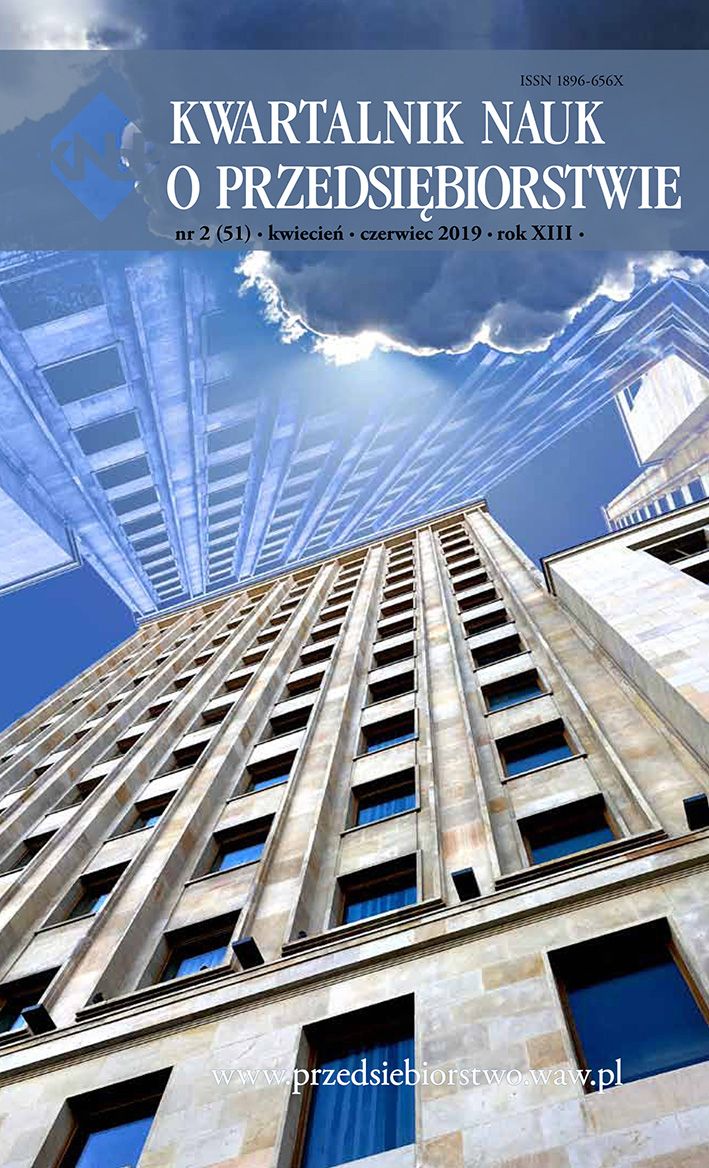The Concept of Creativity in Entrepreneurship
Main Article Content
Abstract
The aim of the article is to analyse the readiness of Daugavpils young people for entrepreneurship and to define the level of creative thinking. In 2016 the research “Readiness of Daugavpils youth for entrepreneurship” carried out based on the survey among Daugavpils young people showed that 54% of the respondents experience lack of ideas, which testifies to the fact that the young are not specifically creative. In 2017 the research into the creativity of Daugavpils youth was carried out with the use of E.P. Torrance test. According to the results of the research, Daugavpils youth in general think creatively within the normal limits, though there is also a big part of young people whose level of creative thinking according to E.P. Torrance test is lower than the norm.
Downloads
Article Details
The author of the article declares that the submitted article does not infringe the copyrights of third parties. The author agrees to subject the article to the review procedure and to make editorial changes. The author transfers, free of charge, to SGH Publishing House the author's economic rights to the work in the fields of exploitation listed in the Article 50 of the Act of 4 February 1994 on Copyright and Related Rights – provided that the work has been accepted for publication and published.
SGH Publishing House holds economic copyrights to all content of the journal. Placing the text of the article in a repository, on the author's home page or on any other page is allowed as long as it does not involve obtaining economic benefits, and the text will be provided with source information (including the title, year, number and internet address of the journal).
References
Boden M.A. (2004), The Creative Mind: Myths And Mechanisms, Routledge.
Caplinska A., Stasane J. (2016), Readiness of Daugavpils youth for entrepreneurship, research, Daugavpils University, Latvia.
Caplinska A., Stasane J. (2017), Readiness of Daugavpils youth for entrepreneurship – with the use of E.P. Torrance Test, research, Daugavpils University, Latvia.
Goff K., Torrance E.P. (2002), Abbreviated Torrance Test for Adults Manual, Bensenville (Illinois), Scholastic Testing Service, Inc.
Guilford J.P. (1968), Intelligence, Creativity and their Educational Implications, California, Robert R. Knap.
Kaufman J.C., Plucker J.A., Baer J. (2008), Essentials of Creativity Assessment, Hoboken: John Wiley & Sons, Inc.
Kim K.H. (2006), Can We Trust Creativity Tests? A Review of the Torrance Tests of Creative Thinking (TTCT), ”Creativity Research Journal”.
Novatīva un radoša domāšana uzņēmējdarbībā (2014), http://innostartupproject.files.wordpress. com, access: 16/12/2018.
Oech R. (1983), Cashing In On Creativity, ”Inc. Magazine”.
Pašrealizācija radošā attīstībā ( 2015), Pieejams, http://latvuda.lv, access: 16/12/2018.
Pudmenzky A. (2004), Teleonomic Creativity: First Insights, http://alex.pudmenzky.com, access: 16/12/2018.
Radošums kā degviela biznesam (2017), https://www.diena.lv, access: 16/12/2018.
Reynolds P.D., Curtin R.T. (2011), New Business Creation. An International Overview, Springer.
Rothenberg A., Wyshak G., (2004), Family Background and Genius, ”Canadian Journal of Psychiatry”, Vol. 49, 185-91.
SEB (2015), No uzņēmējdarbības uzsākšanas Latvijas iedzīvotājus attur bailes un radošu ideju trūkums, SEB, http://www.seb.lv, access:16/12/2018.
Sternberg R.J, Lubart T.I. (1996), Investing in Creativity, ”American Psychologist”, Vol. 51, No. 7.
Torrance E.P. (1966), The Torrance tests of creative thinking: norms-technical manual. Research Edition-Verbal Tests, forms A and B figural tests, Princeton, Personnel Press.
Torrance E.P. (2008), Torrance tests of creative thinking: norms-technical manual, verbal forms A and B, Bensenville, Scholastic Testing Service.
Yin R.K. (2003), Case Study Research: Design and Methods, Sage Publications.
Тест креативности Торренса. Диагностика творческого мышления (2016), http://psycabi.net, access: 16/12/2018.

